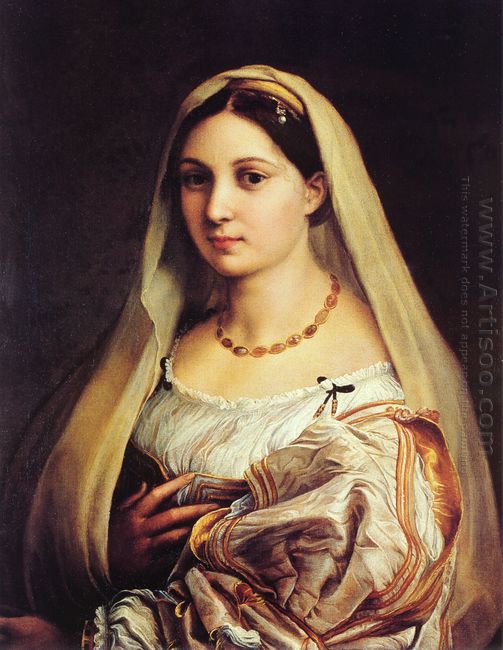Three graces is a popular theme in sculpture during classical times. Since the Renaissance, sculptors and painters have created numerous excellent works of three graces following the ancient composition. However, the most prominent one is Raphael's Three Graces.
Affected by Leonardo da Vinci's chiaroscuro and sfumato with soft atmosphere and shading to suggest three dimensions, he developed a unique style. His work is admired for its clarity of form and ease of composition and for its visual achievement of the Neoplatonic ideal of human grandeur. Raphael's figure types are his own creation, with round, gentle faces to induce a calm and happy mood in the viewers.
Three Graces is no exception. Three sister goddesses, known in Greek mythology as Aglaia, Euphrosyne and Thalia, dispense charm, elegance and beauty to people. They are daughters of Zeus and Eurynome. They are dancers and singers for the gods, bringing joy to the whole world.
In this painting, three goddesses are dancing happily in an opening area. The setting consists of mountains, a pond and a vacant field. The background is vague and dim in order to set figures off to advantage. The goddesses are naked and their rounded bodies are perfectly symmetrical. The dance movements are melodic, harmonic and rhythmical. With their hands on others' shoulders, they are staring the apples in their hands. Although the hairstyles are different, they are similar to each other and never separated from each other. The facial expression gives off a sense of peace and tranquility. People can feel love and joy from their happy look.
As we know, Raphael's works are full of peace, harmony, coordination and quietness. Three Graces fully embodies these characteristics. One glance at this painting can leave viewers a sense of peace and joy.






